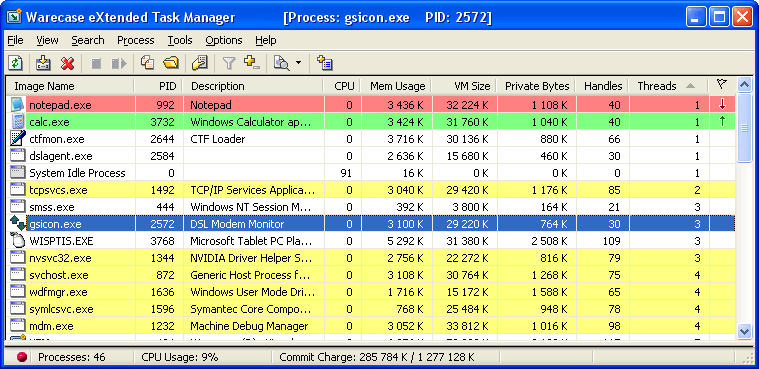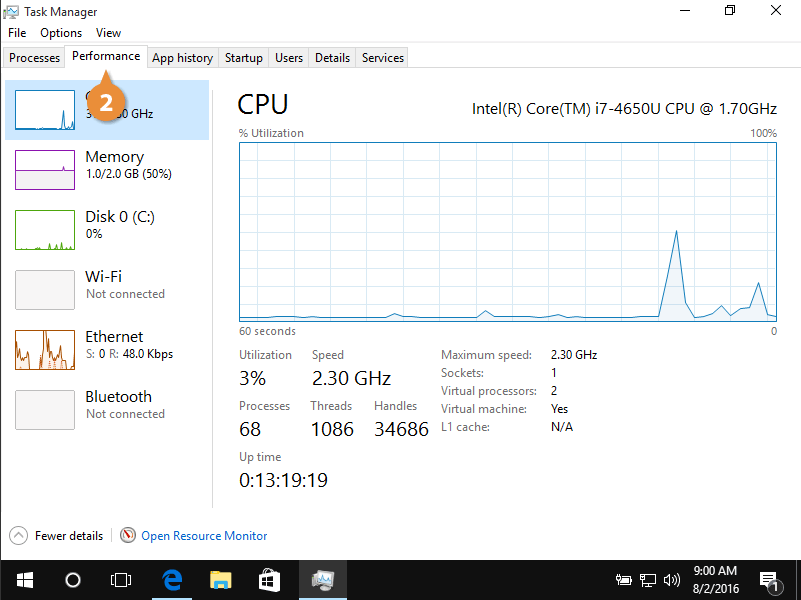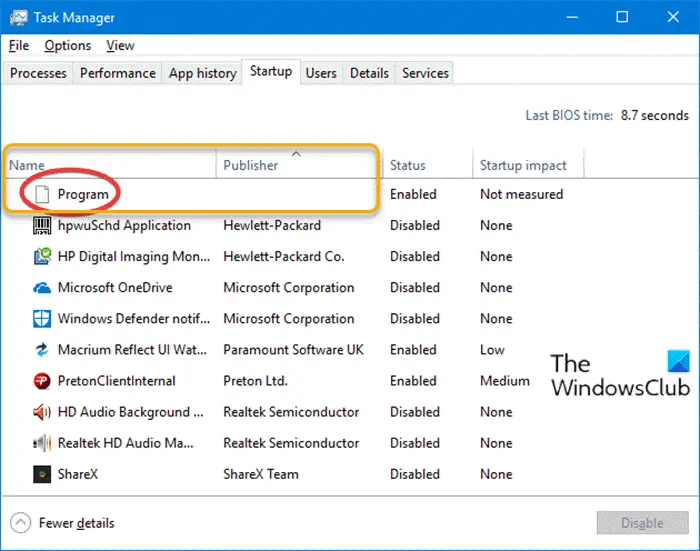
M ore Info: To get more info on advanced syntax of the command use taskkill /? or refer to Microsoft’s documentation. Use the folliwing to close down all programs using more than 10 MB. taskkill /f /fi "status eq not responding". Use the following command to forcefully shut down all the processes that are not responding. Filtering Taskkill: Processes to be killed can be filtered using ImageName, PID, MemUsage, CPUTime, Session, Status, Username, WindowTitle, Services or Modules (dll). Kill with PID : Use taskill /pid to kill a process with the given processid (taskkill /pid 1479). taskkill /im notepad.exe /f (forces notepad to be killed.). Kill with name: Use taskkill /im imagename to kill a process with the given Image name. Apart from specifying the PID or the image name of the process to kill, we can also use certain filters to kill the matching processes as explained below. The taskkill command is used to end a process. Use the folliwing to list the processes eating up more than 10MB. tasklist /fi "status eq not responding". 
Use the following command to to find processes that are not responding.Filtering processes: Processes can be filtered using ImageName, PID, MemUsage, Status, Username and WindowTitle.

dlls and Processes info : Tasks and Use tasklist /m to find which DLLs are used by each process.Services and Processes info : Use tasklist /svc to get a table relating Image Name, PID, and Services, very useful to know the relationship between a process and the services that are running on a system.
 Processes detailed info : Additional info like, Status, User Name, CPU Time, Window Title can be displayed using tasklist /v. Image Name, PID, Session Name, Session#, Mem Usage Processes info : When you enter tasklist on the command prompt, you can see the following informations by default. Thus it can be a very useful troubleshooting tool. Tasklist can be applied to see how much memory and CPU time running processes are using, what DLL files they rely on, and other information. The tasklist command is similar to "ps" command on Linux and is used to see the details of the programs and processes that are running in Windows.
Processes detailed info : Additional info like, Status, User Name, CPU Time, Window Title can be displayed using tasklist /v. Image Name, PID, Session Name, Session#, Mem Usage Processes info : When you enter tasklist on the command prompt, you can see the following informations by default. Thus it can be a very useful troubleshooting tool. Tasklist can be applied to see how much memory and CPU time running processes are using, what DLL files they rely on, and other information. The tasklist command is similar to "ps" command on Linux and is used to see the details of the programs and processes that are running in Windows.







 0 kommentar(er)
0 kommentar(er)
